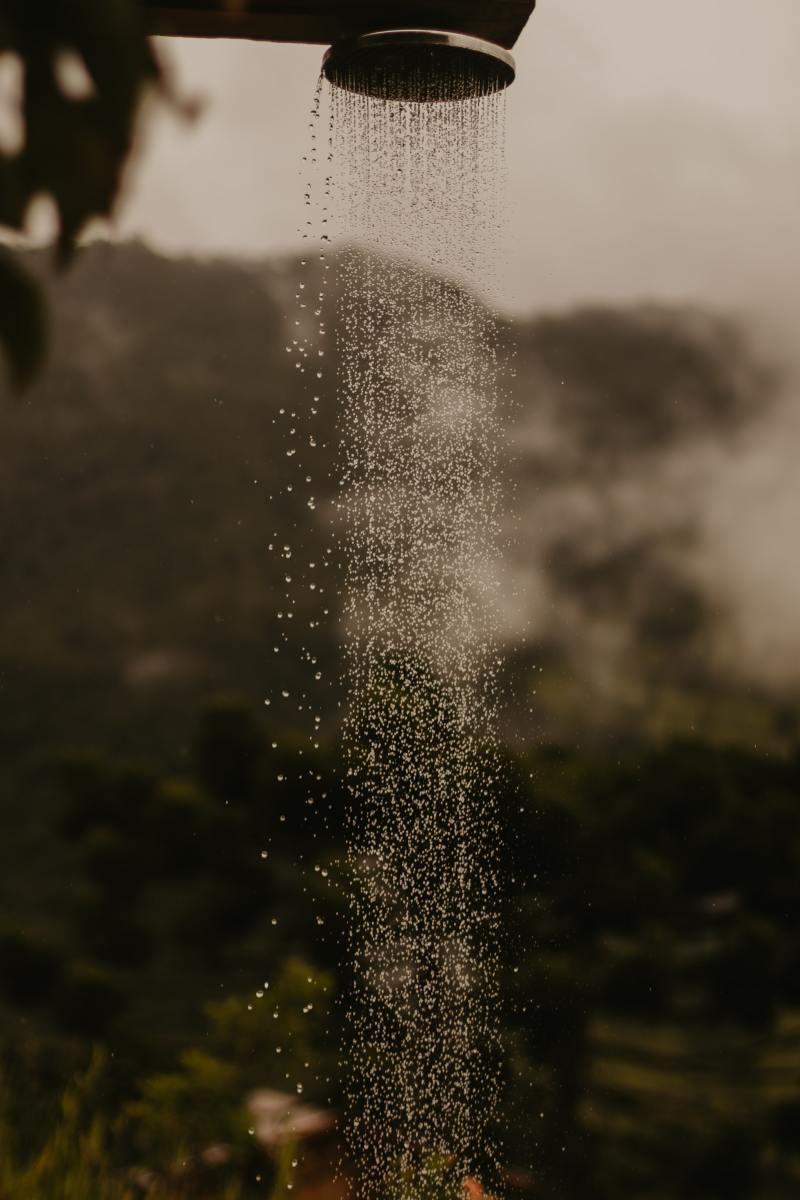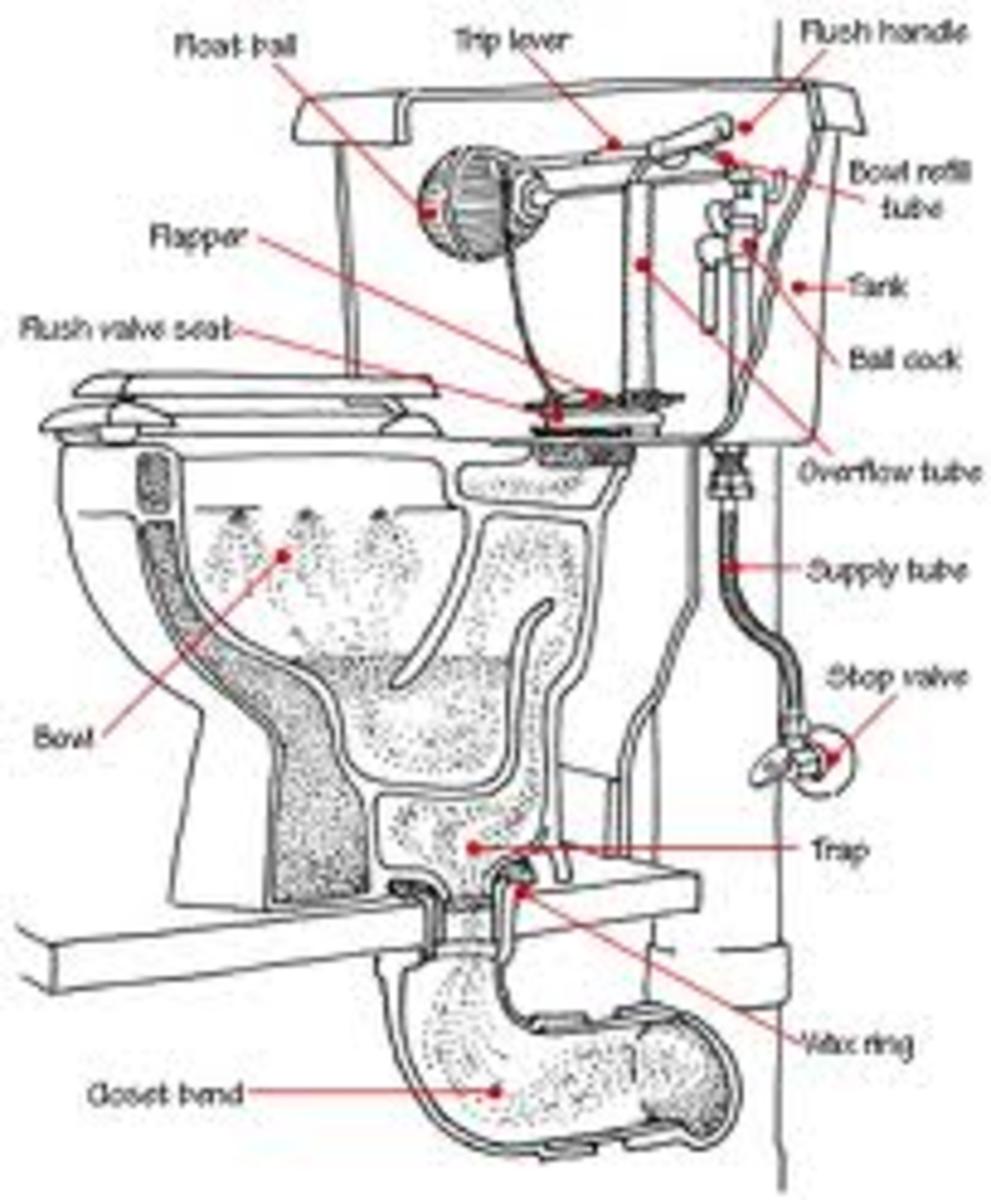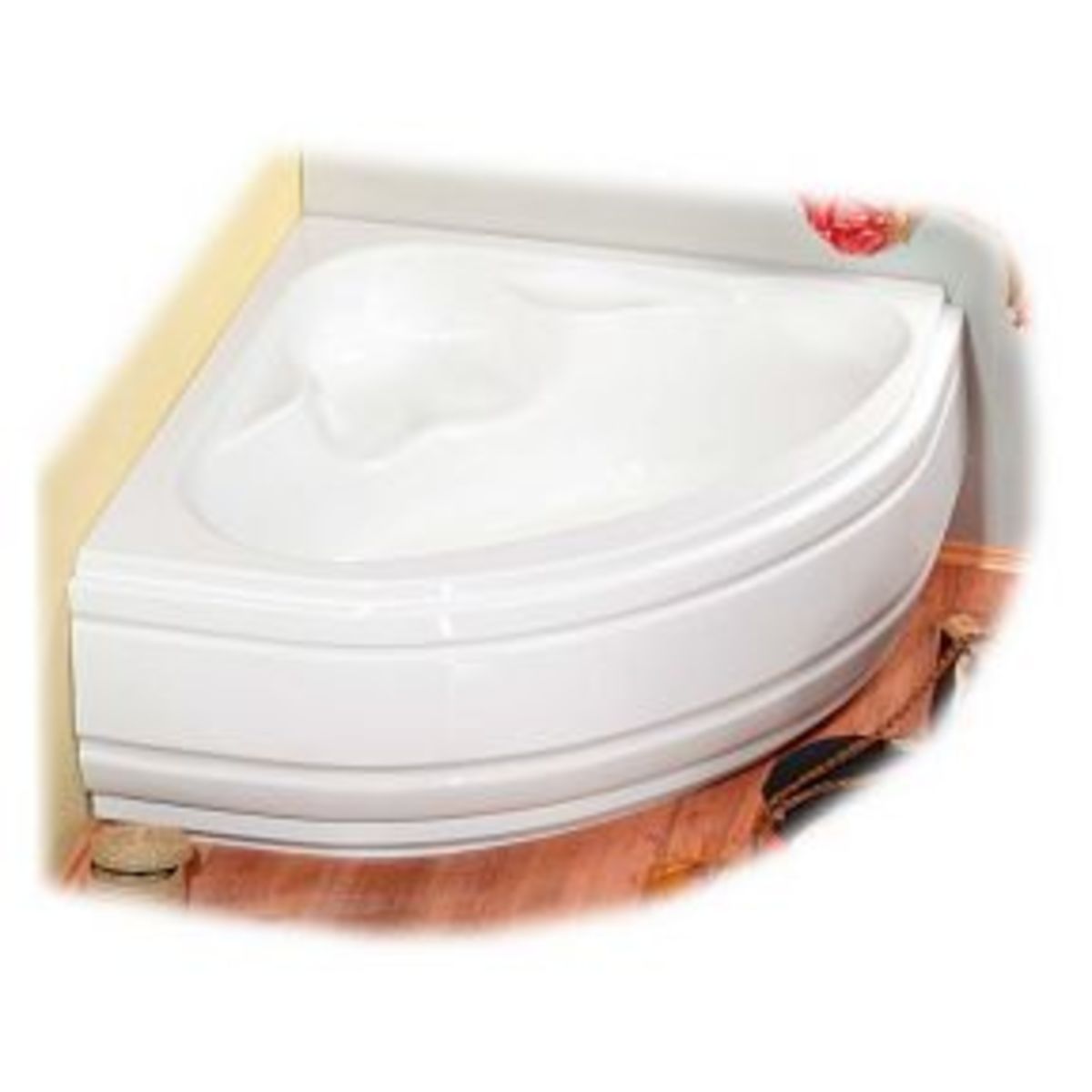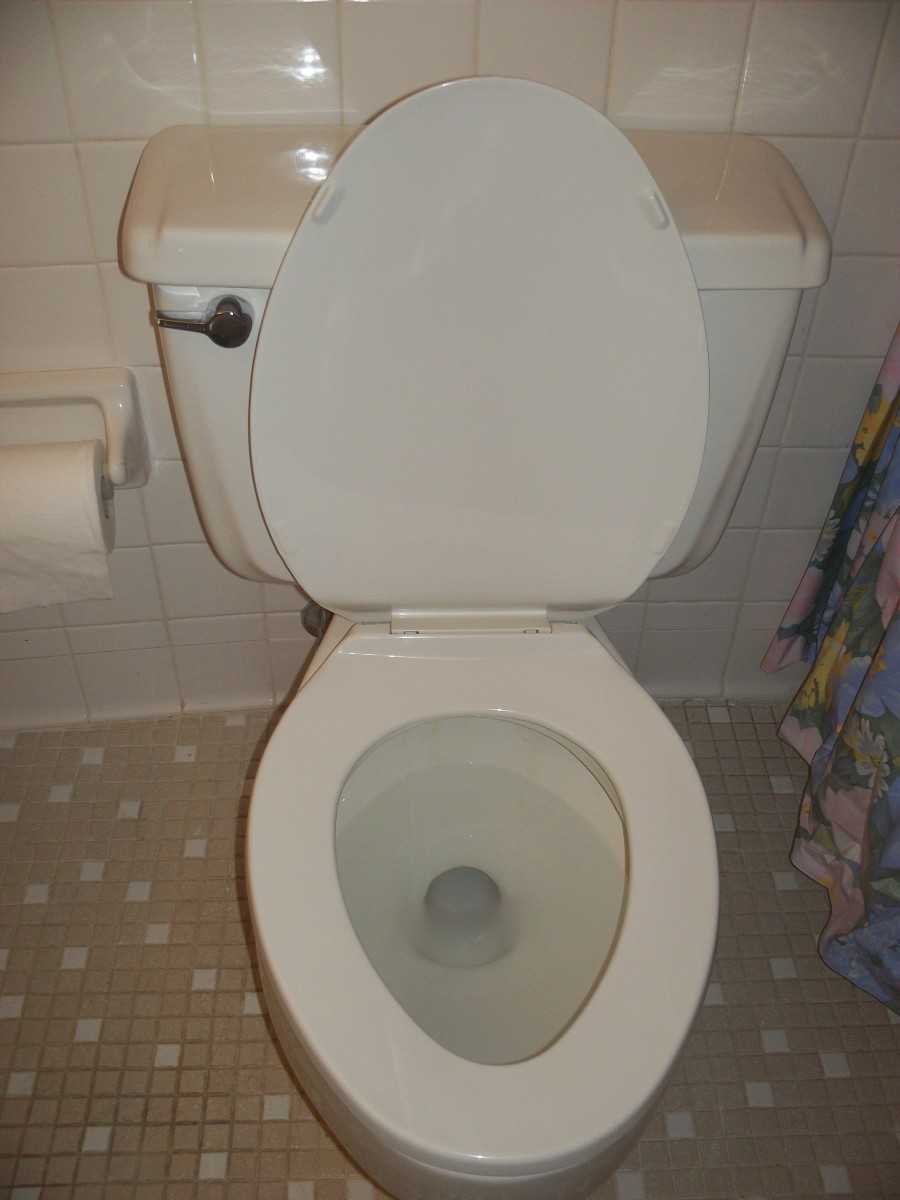Bath, shower and vanity installation
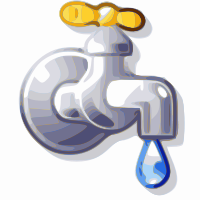
I have been dealing with plumbing ALL WEEK! - as a builder you come home and want to forget work and just go on hubpages for entertainment but here's some knowledge for my fellow hubbers from a tradie's perspective...what can I say
A quick insiders view..
Well this is what's happened - installed a, vanity, kitchen sink, shower &bath- the later two need to be bedded in to the walls as the sheets come down over the LIP of their respective trays -
In Australia - we use villaboard in wet areas - this is a fibrous cement sheet product.
It needs to be set by a qualified sheet setter so the joins do not leak!
In showers and bathrooms after sheeting it is usual (even mandatory in some jurisdictions) to wet seal the area.
Wet seal is a setting compound professionally installed (it must be insured) - similar to fibreglass which is run up walls and in corners in wet areas like bathrooms, toilets and laundries.
In the event of an overflow, burst pipe or flood in one of these areas - if the floor waste (that's that little drain in (usually the middle) of the floor) cannot handle the volume the wet seal will prevent the water from flowing into the walls, adjacent rooms or through the ceiling to the storey below!
Heaven forbid.
In wet areas in Australia, you must make sure not to sheet the walls before the plumbers rough in - this refers to the copperpipe work that the plumber installs behind the walls of the shower,bath, kitchen and laundry.
The plumber pressure tests the system to check for leaks while pipes are exposed - imagine what would happen if the wall sheets went on without this important check having been done!
When notching the studs behind where sheets come over lips (of baths and shower trays) - your measurements must be exact otherwise the tiling will not work - the tray lip gives no margin for error here - make sure you do not bed the lip in to the wall too far.
Too far and you've lost stud strength which could be holding up the roof!
Too little and you will not get the necessary proofing against water damage!
This applies to the side of baths too - the offset measurement for tiles is important for tiles coming down from the side of bath - this will differ for cradle or flush finish tiles - cradle refers to the bath lip coming over the tiles on the outside (opposite to wall in which bath notched in)
As this was a renovation the water had to be turned off. What did I do?
I turned it off cut the shower pipes, turned them over on themselves (their ends) and beat them flat with a hammer - this will stop them leaking after you've turned the water (pressure) back on again until the plumber comes back.
Turned water on again - no leak so all good - continue...
VANITY
Installing a vanity requires you plane the bottom to suit the fall in the floor - it must be installed level for splashback tiles that run over the top - tilers work within a mill(ametre) or two so, again, you have to be exact with measure.
Sit the vanity on the floor and sribe the sides with a pencil - redraw the scribed line from nothing to the measurement at the start of the scribe (thickness of scribe tool/block). This means you only plane what you need to.
Once shaved the vanity should sit nicely on the floor and the back of the basin should be level for splashback tiles to run across.
Screw vanity back into wall - where studs behind occur.
If done right the vanity should be hard into the wall - NO GAP!!! otherwise - rescirbe/plane.
Use silicone to seal around vanities,baths and showers after tiling and painting completed
(One Week Later) Tiled Shower Leaks
Today I visited a client I'd worked for before whose tiled shower was leaking. What was wrong? Well, these problems are not always an easy fix but when I put my level on the tiles the drain was at the highest point.
This is a real no-no in a wet area - the floor waste (drain) MUST ALWAYS BE INSTALLED at the lowest point or, put differently, the tiler should make sure the tile bed falls to the drain.
This is orthodox as it is a time tested practice to make sure water flows to the lowest point.
What happens otherwise?
In the case of my hapless client crucial tiles flowed to the walls not the waste point so, as you can imagine, water can pool on the intersecting joint between floor and wall before it drains away.
Unfortunately for my client the hole for the drain was actually at a higher point.
People often think grout joints are waterproof - they are not and if water gets through to the impermeable wet seal layer below the floor the water will flow and (more importantly) pool at the lowest point..
This can mean a pool of water - often miles away - just sits there or worse - grows whenever the shower is used - even if only a drip gets through every time - there is nowhere for the water to go but continue to pool.
In the case of my client it looked like the water had made it's way to a door jamb (the lowest point under the floor about 5 feet (1.5m away) and was now causing rot and mould to build up, deteriorating the timber and paintwork.
DISCLAIMER: Please make your own evaluations when reading this hub as the author takes no responsibility for outcomes associated with taking this advice - no warranty is implied or fitness for any purpose. Practices and regulations may differ between countries.

